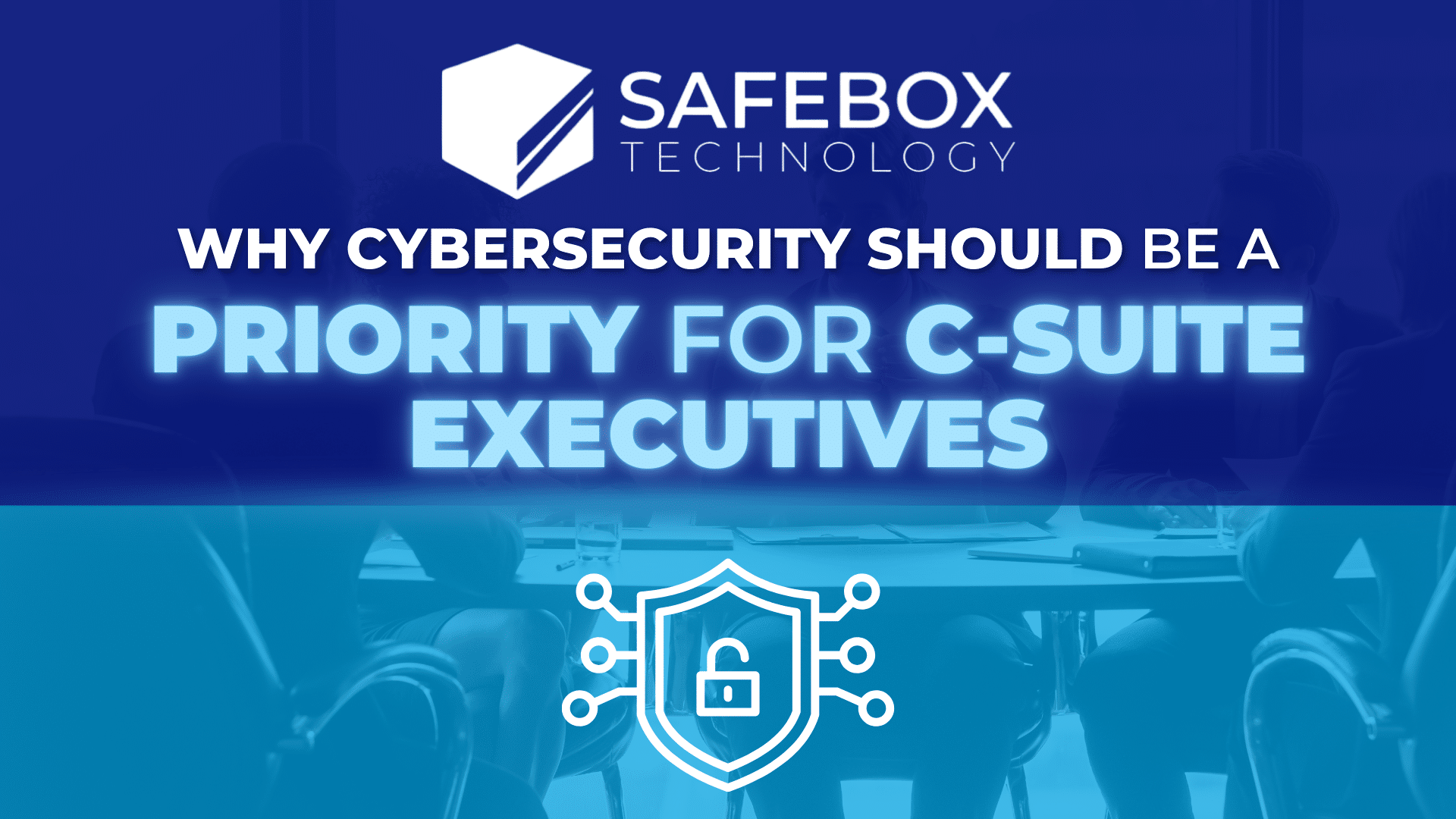Cybersecurity is not just the IT department’s job anymore; it is an important business need that needs to be overseen by the CEO. Executives who disregard cybersecurity place their companies at considerable operational, financial, and reputational risk. Many C-suite executives continue to entrust cybersecurity to the IT department, viewing it as a technical rather than a strategic business.
A reactive method is insufficient when digital assets are worth as much as real ones. Instead, cybersecurity has to be deeply embedded in the highest-level company strategy, risk management, and decision-making.
The Business Risks of Neglecting Cybersecurity
Planned corporate governance and risk management must include executive cybersecurity priorities. Otherwise, leaders may leave their businesses open to cyberattacks without meaning to. In addition to financial loss, breaches lead to regulatory fines, downtime, and damage to the company’s image that lasts for a long time.
Financial Fallout from Cyber Incidents
It just takes one cyberattack to ruin a company’s financial line. Based on IBM Security’s Cost of a Data Breach Report, the average US data breach cost $4.88 million in 2024. These include legal fees, regulatory fines, forensic investigations, and customer reimbursement. As demonstrated by the 2021 Colonial Pipeline incident, in which the company paid $4.4 million to restore access to its computers, ransomware attacks can also result in multimillion-dollar extortion payments.
Reputational Damage and Loss of Customer Trust
Among the most essential resources in business is trust. A cybersecurity breach can seriously damage a company’s reputation, resulting in client turnover and the destruction of market confidence. Consider the 2017 Equifax hack, where 147 million consumer records were exposed, leading to a $700 million settlement and long-lasting brand damage. Consumers and business partners shift their business elsewhere when they view a corporation as vulnerable.
Regulatory and Legal Consequences
Governments are strengthening cybersecurity rules and assigning more accountability to C-suite executives. Federal laws like the California Consumer Privacy Act (CCPA) have harsh penalties for breaking them. Reinforcing the requirement of executive cybersecurity priorities, the US Securities and Exchange Commission (SEC) now forces public corporations to disclose cybersecurity risks and events.
The Strategic Role of C-Suite Executives in Cybersecurity
To begin with, the executive team must take the initiative to integrate cybersecurity into the company’s strategic framework. In addition, IT security leadership must include all C-suite executives who impact risk management, corporate governance, and financial planning. Therefore, organizations must integrate cybersecurity into every business activity to actively protect valuable assets and maintain stakeholder trust, rather than treating it as a separate capability. To support this, C-suite executives should take ownership of key cybersecurity responsibilities to strengthen overall security.
Aligning Cybersecurity with Business Objectives
Cybersecurity should be a part of every executive’s general business plan and help with digital change, growth, and new ideas. Conduct a cyber risk study before making major business decisions, such as acquiring another company or launching a new product. Ignorance of connecting security with corporate goals could create significant operational interruptions and financial losses.
Businesses that neglect cybersecurity in their strategic planning face the risk of delays, increased costs, and exposure to cyberattacks that could prevent their expansion.
Fostering a Security-First Culture
As much as it is about technology, cybersecurity also involves people and procedures. To foster a security-first culture, C-suite executives must educate staff members, implement strict security policies, and hold department leaders accountable. Programs for security awareness often fail to launch without top-level support, exposing the business to insider threats and social engineering.
Employee ignorance of cybersecurity increases the likelihood of successful cyberattacks, including phishing and credential theft, which might lead to data leaks and legal fines.
Strengthening Incident Response and Resilience
Cyberattacks cannot be stopped, but if a company is ready, they can cause less damage. Executive teams should create firm incident response plans to ensure that events are rapidly identified, restricted, and fixed. The plan calls for frequent tabletop exercises, cybersecurity experts, and threat intelligence to keep ahead of evolving threats. Businesses that overlook cybercrime preparation sometimes suffer more in terms of recovery costs and downtime.
A poor incident response strategy can worsen the consequences of a cyberattack, resulting in more general operational outages, financial losses, and harm to reputation.
A Leadership-Driven Approach to Cybersecurity
One cannot underline the importance of cybersecurity in executive roles. Cyber dangers are corporate concerns that everyone must address, from IT staff to top executives. C-suite executives can protect their businesses from financial losses and legal fines by including cybersecurity in risk management and business planning.
Partnering with Safebox Technology for Executive Cybersecurity Success
Managing the challenging cybersecurity environment calls for expertise and a strategic viewpoint. Safebox Technology gives executives complete cybersecurity solutions targeted to corporate demands. Our staff supports companies in implementing proactive security plans, controlling compliance risks, and improving resilience against online attacks.
Contact Safebox Technology to strengthen your company’s security posture and match cybersecurity with corporate expansion.

